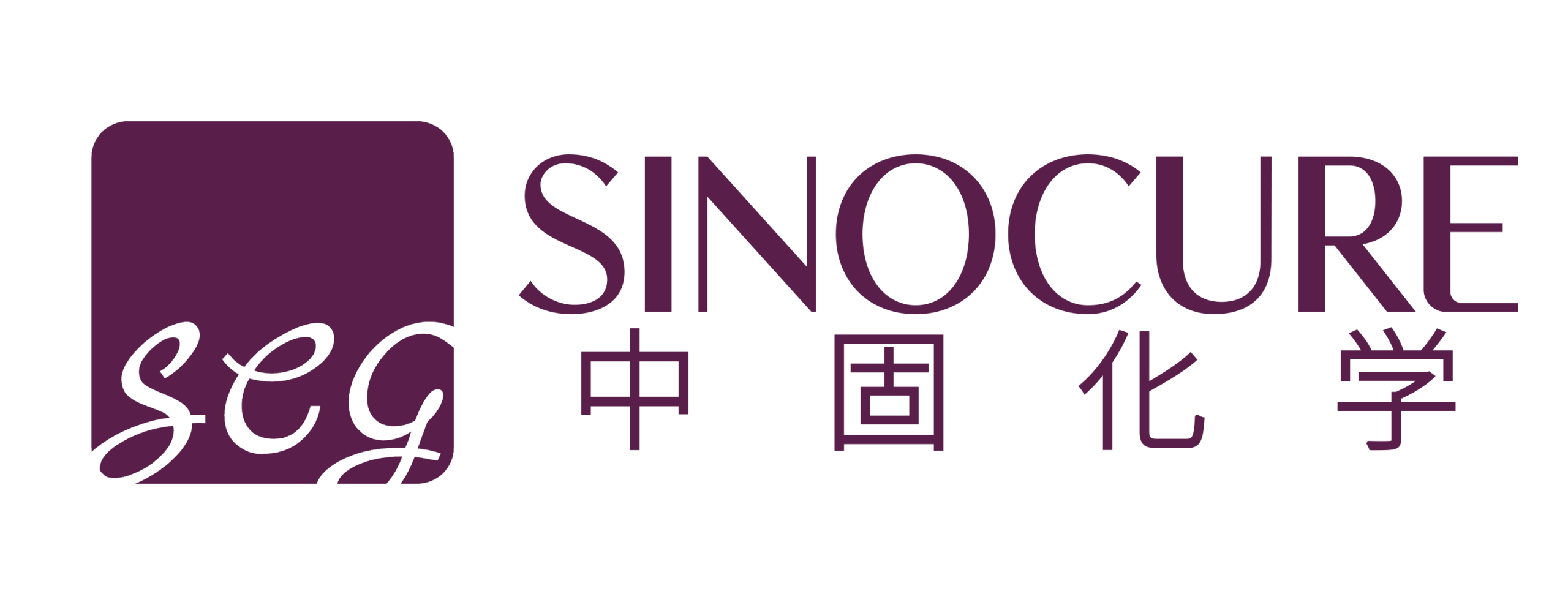1,3-Propanediol (PDO):
Chemical Formula: C3H8O2
IUPAC Name: Propane-1,3-diol
CAS Registry Number: 504-63-2
Molecular Weight: 76.09 g/mol
1. Physical Properties
Appearance: Colorless, viscous liquid
Melting Point: -32°C (-25.6°F)
Boiling Point: 214°C (417.2°F)
Density: 1.0597 g/cm³ at 20°C
Solubility: Miscible with water and many organic solvents
2. Chemical Properties
PDO is a diol, containing two hydroxyl groups
It can undergo typical alcohol reactions, such as esterification and etherification
PDO can be used as a monomer in polymerization reactions
3. Applications
1) Polymer Production
Polytrimethylene Terephthalate (PTT): 1,3-Propanediol is a key monomer in the production of PTT, a polyester with applications in textiles, carpets, and packaging. PTT fibers exhibit excellent durability, elasticity, and resistance to staining.
Polyurethanes: It is also used in the production of polyurethanes, providing flexibility and strength to foams, adhesives, and coatings.
2) Cosmetics and Personal Care
1,3-Propanediol serves as a humectant, emollient, and solvent in various cosmetic formulations. It helps to maintain moisture in skin care products and enhances the absorption of other ingredients.
Food and Beverage Industry:
It is utilized as a food additive and flavoring agent. The compound is recognized as safe (GRAS) by the FDA and is used to improve texture and stability in food products.
3) Pharmaceuticals
In pharmaceuticals, 1,3-Propanediol is used as a solvent and excipient in the formulation of drugs, enhancing the delivery and effectiveness of active pharmaceutical ingredients.
4) Industrial Applications
1,3-Propanediol is employed as an antifreeze and de-icing agent due to its low toxicity and effectiveness at low temperatures. It is also used in the formulation of cleaning agents, paints, and coatings.
4. Synthesis and Production
1,3-Propanediol (PDO) can be synthesized through several methods, including traditional chemical processes and biotechnological approaches. Each method has its own advantages and disadvantages in terms of efficiency, cost, and environmental impact.
Hydration of Acrolein
The hydration of acrolein is one of the most common chemical methods for producing 1,3-Propanediol.
Step 1: Acrolein Production
Acrolein is produced through the oxidation of propylene. Propylene, a hydrocarbon obtained from petroleum refining, is reacted with oxygen in the presence of a catalyst to form acrolein.
CH2=CH-CH3+O2→CH2=CH-CHO+H2OCH2=CH-CH3+O2→CH 2=CH-CHO+H2O
Step 2: Hydrogenation
Acrolein is then hydrogenated to form 3-hydroxypropionaldehyde (3-HPA). This step involves the addition of hydrogen gas (H₂) in the presence of a metal catalyst, such as palladium or nickel.
CH2=CH-CHO+H2→CH2OH-CH2CHOCH2=CH-CHO+H2→CH2OH-CH 2CHO
Step 3: Hydration
Finally, 3-HPA is hydrated to produce 1,3-Propanediol. This step typically requires acidic or basic conditions to facilitate the addition of water (H₂O).
CH2OH-CH2CHO+H2O→CH2OH-CH2OH+H2OCH2OH-CH2CHO+H2O→CH2OH-CH2OH+H2O
5. The reason why the textile industry is so promising
1. Key Role in Polytrimethylene Terephthalate (PTT) Production
One of the primary uses of 1,3-Propanediol in the textile industry is as a monomer in the production of Polytrimethylene Terephthalate (PTT). PTT is a type of polyester that exhibits a range of desirable properties for textile applications:
Softness and Comfort: PTT fibers are softer and more comfortable compared to other polyester fibers. This makes them ideal for clothing, including activewear and casual wear.
Elasticity and Stretch: PTT has excellent elasticity, which provides good stretch and recovery. This is particularly beneficial for applications such as sportswear, hosiery, and other garments where flexibility is crucial.
Durability: PTT fibers are highly durable, offering resistance to abrasion and wear. This ensures longevity of textiles made from PTT, even with frequent use and washing.
Stain Resistance: PTT exhibits superior stain resistance compared to traditional polyester fibers, making it easier to clean and maintain.
Aesthetics: PTT can be dyed easily, resulting in vibrant colors and high colorfastness. This enhances the aesthetic appeal of textiles.
2. Sustainability and Environmental Benefits
The production of 1,3-Propanediol via biotechnological methods, such as microbial fermentation of renewable feedstocks (e.g., glycerol), offers significant environmental advantages:
Renewable Feedstocks: Using renewable resources reduces dependence on fossil fuels and decreases the carbon footprint associated with PDO production.
Lower Greenhouse Gas Emissions: Biotechnological production methods typically result in lower greenhouse gas emissions compared to traditional petrochemical processes.
Biodegradability: Textiles made from bio-based PTT have the potential to be more biodegradable than conventional polyester, contributing to reduced environmental impact at the end of the product life cycle.
3. Improved Performance Characteristics
PDO-derived PTT fibers offer improved performance characteristics that are highly valued in the textile industry:
Moisture Management: PTT fibers can wick moisture away from the skin, enhancing comfort and performance in activewear and athletic apparel.
Thermal Insulation: PTT fibers provide good thermal insulation, making them suitable for both warm and cold weather clothing.
Wrinkle Resistance: PTT textiles have inherent wrinkle resistance, reducing the need for ironing and improving the ease of garment care.
4. Versatility in Applications
The versatility of PDO and PTT fibers extends beyond clothing to various other textile applications:
Home Textiles: PTT fibers are used in carpets, upholstery, and drapery due to their durability, stain resistance, and aesthetic appeal.
Industrial Textiles: PTT is employed in industrial applications such as automotive fabrics, geotextiles, and filtration materials, benefiting from its strength and resistance to wear.
